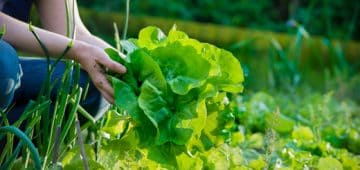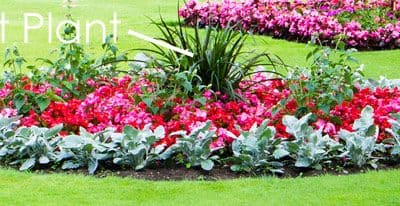R2101 Plant Classification, Structure and Function Level 2 – Royal Horticultural Society
February 2012
Q.5. a) Name the plant organ where most photosynthesis occurs.(1)
b) Name FOUR necessities for the process of photosynthesis. (1)
Name TWO products of photoynthesis. (2)
c) Describe how the levels of the following factors influence the rate of photosynthesis: (6)
i) temperature;
ii) mineral nutrients.
RHS Examiner’s Remarks:
a) The majority of candidates named the leaf as the plant organ where most photosynthesis occurs and were awarded the mark.
b) Candidates were required to name all four necessities for the process of photosynthesis to gain the full mark; i.e. chlorophyll, light, carbon dioxide and warmth.
The majority of candidates were able to name two products of photosynthesis e.g. oxygen, sugar, glucose or carbohydrate and were awarded full marks.
ci) The best candidates identified the key word in the question as being the ‘rate’ of photosynthesis and correctly described how an increase in temperature increases the rate of photosynthesis and how at very high temperatures photosynthesis stops as the stomata close to reduce water loss.
[There’s a useful general tip here – read each question carefully and underline the key words. Under time pressure in the exam it’s tempting to rush through the questions, but it’s always worth taking the time to read a question through slowly, ideally twice, to ensure that you understand exactly what it is asking you to provide. Then to ensure you keep your answers focused on the right thing, include the key word in your answer – see examples of ci and cii answers below under ‘Sample Answers’.]
cii) Many candidates understood that minerals influence the rate of photosynthesis but failed to provide details explaining how some minerals are involved in the production of chlorophyll e.g. iron and manganese and that magnesium is a constituent of chlorophyll.
Sample Answers:
Notes:
- In deciding how much depth to add to your answers, note the number of marks awarded for each part of the question.
- In some cases we have added an extra part to the answer called ‘extension’. This is extra information of the sort that students earning the highest grades may add to some of their exam answers. It shows extra depth of knowledge and puts the answer in a wider content. This sort of detail is especially helpful in answers that are worth a number of marks, as it gives you more chance to mop up all of the points as well as showing the examiner that you really know what you are talking about.
- Note this question draws on knowledge from different areas of the syllabus – first, your knowledge of photosynthesis, and second your knowledge of plant nutrients and the roles they play in plants.
a) Name the plant organ where most photosynthesis occurs.(1)
The plant organ where most photosynthesis occurs is the leaf.
b) Name FOUR necessities for the process of photosynthesis. (1)
Four necessities for photosynthesis are: chlorophyll, light, carbon dioxide and warmth.
Name TWO products of photoynthesis. (2)
Two products of photosynthesis are: oxygen and glucose. [You could also have said sugar or carbohydrate here instead of ‘glucose’, but ‘glucose’ is more precise.]
c) Describe how the levels of the following factors influence the rate of photosynthesis: (6)
i) temperature;
The rate of photosynthesis slows at low temperatures, and as a result growth is slowed. Several periods of low temperature during the growing season may lead to lower yields. As the temperature increases, the rate of photosynthesis also increases, however, beyond a certain temperature the rate begins to reduce again. This is because at higher temperatures, the stomata close to reduce water loss, reducing the availability of carbon dioxide for photosynthesis.
(Extension: At still higher temperatures (over 38 – 40 degrees C), essential enzymes, proteins that control the process of photosynthesis, may begin to experience permanent damage to their structure (denature). )
ii) mineral nutrients
A number of mineral nutrients are essential to photosynthesis. These include potassium, which is is needed in enzymes involved in respiration and photosynthesis, and iron, which plays a key role in chlorophyll synthesis. In addition, magnesium is a component of chlorophyll.
(Extension: For example, Chlorosis – yellowing of plant tissue – is known to occur due to iron deficiency. This is because when iron is in short supply, this limits the rate of chlorophyll synthesis. When the plant does not have adequate chlorophyll the tissues look yellow and the rate of photosynthesis is much reduced.)


